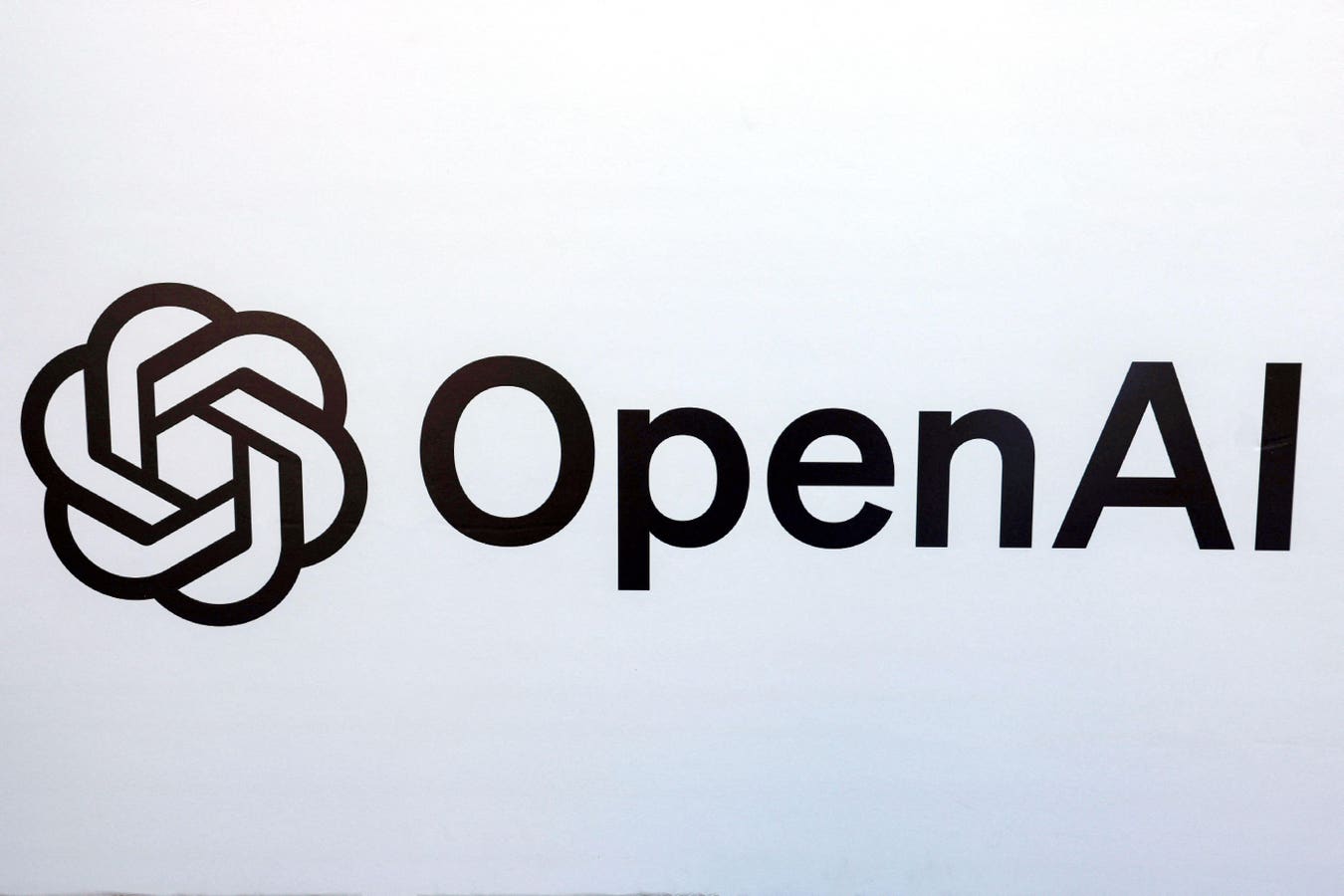idle compute covers the globe
Imagine for a moment you’re flying over a city at night. Below you, thousands of buildings glitter with office lights. But inside many of them, the computers are dark, unused, and waiting. That’s not a metaphor—it’s a global inefficiency.
The Uptime Institute estimates that nearly a third of the world’s data center servers are underutilized or idle. McKinsey says most data centers run at just 40% of their capacity. And yet, the organizations that own them pay 100% of the cost. It’s as if the world built a six-lane superhighway for digital traffic and only used two lanes.
Now layer in AI—the ravenous, compute-hungry technology of our time. AI training consumes enormous energy. It craves chips, heat sinks, GPUs, and terabytes of memory. And it has begun to outpace even the largest hyperscale clouds. There’s an obvious opportunity there that people are noticing.
The New Marketplace
Take all the world’s idle computing power—from dusty corporate server closets in Ohio to overlooked GPUs in South Korea—and stitch it into a single, global supercloud. Not owned by anyone. Priced by the market and governed by smart contracts on a blockchain.
Such decentralized digital marketplaces aim to democratize access to high-performance computing resources by allowing users to lease excess computational capacity at half or less the price of big cloud providers like Amazon’s AWS, Google’s GCP, or Microsoft’s Azure.
“Think of it as Airbnb, but for compute,” says Greg Osuri, CEO of Overclock Labs and cofounder of Akash Network, a distributed peer-to-peer marketplace for cloud computing.
Olga Yashkova, an analyst with International Data Corporation, says that because there is a shortage of GPUs, many companies stockpile the chips in anticipation of an eventual need, leaving a massive amount of computing power idle. Akash and similar networks allow enterprises to monetize this idle hardware while giving users a cheaper option.
Akash Network works like this: people with spare computing resources list them on the network. Those who need power—say, to train a machine learning model or run a website—submit a request. The providers bid. The lowest bidder wins. Everything is transparent, automated, and public. It’s not quite a flea market, but it’s not Costco either. It’s something older. A bazaar. A place where strangers trade trust for utility.
What’s remarkable is that it works. The GPUs on Akash run at a fraction of AWS’s cost and sell out in minutes. Nvidia, among others, uses the platform.
But what makes this compelling isn’t just the cost advantage. It’s what it represents.
The Physics of Decentralization
Historically, revolutions in computing have followed a pendulum swing between centralization and decentralization. The mainframe gave way to the personal computer. The PC gave way to the cloud. And now, just maybe, the cloud is swinging back.
InFlux Technologies, Spheron Network, and Render Network offer similar services. Distributive, a Canadian startup, slices computing tasks into tiny fragments and spreads them across idle devices. CPUcoin pays you to rent out your processor. Exabits uses underutilized gaming GPUs to simulate enterprise-grade performance. What sets Akash Network apart, according to analyst Yashkova, is its focus on serving enterprises as opposed to developers.
In each of these models, the assumption is that power—literal computing power—shouldn’t reside in a few megastructures outside Phoenix or Helsinki. It should be everywhere. Ubiquitous. Like oxygen or asphalt.
Osuri is fond of the idea of “sovereign AI.” He imagines a future where your child’s baby monitor doesn’t send footage to an AWS data lake but instead runs on a secure chip cluster in your garage. The AI lives with you, learns your routines, protects your privacy. “You wouldn’t trust your therapist to Amazon,” he says. “Why would you trust your AI?”
This is not paranoia. It’s architecture. And like any good architecture, it’s grounded in physics: latency, bandwidth, energy.
Because here’s the thing, no one likes to talk about: the cloud is running out of energy.
A Bottleneck No One Can Code Around
Building a hyperscale data center requires two ingredients: electricity and water. Lots of both. But the American grid is aging. Our nuclear plants are maxed out. Hyperscale data center operators–including major tech companies–are facing increasing challenges securing sufficient power for new facilities, with requests for 60–90 MW or more becoming common and sometimes difficult to fulfill.
That’s why these companies are betting on smaller, distributed data centers—modular pods that can be solar-powered, cooled efficiently, and deployed closer to where the data lives.
Why This Matters
Greg Osuri, Co-founder of Akash Networks
What Osuri and his cohort are proposing is not merely a technical fix. It is a reimagining of how value flows through the digital world. In their model, computing is not a product you rent from a corporation. It’s a utility you exchange with your neighbors.
It’s easy to miss the significance of this, because the change is happening in background processes and backend protocols. But like most technological shifts, it starts in obscure places—garage startups, anonymous Discord forums, GitHub pull requests. And then, suddenly, it’s everywhere.
We talk a lot about AI today. But perhaps the real story isn’t the intelligence. It’s the infrastructure. Before we can build smarter machines, we may need to build a smarter cloud.
And maybe, just maybe, the cloud needs to come back down to earth.








